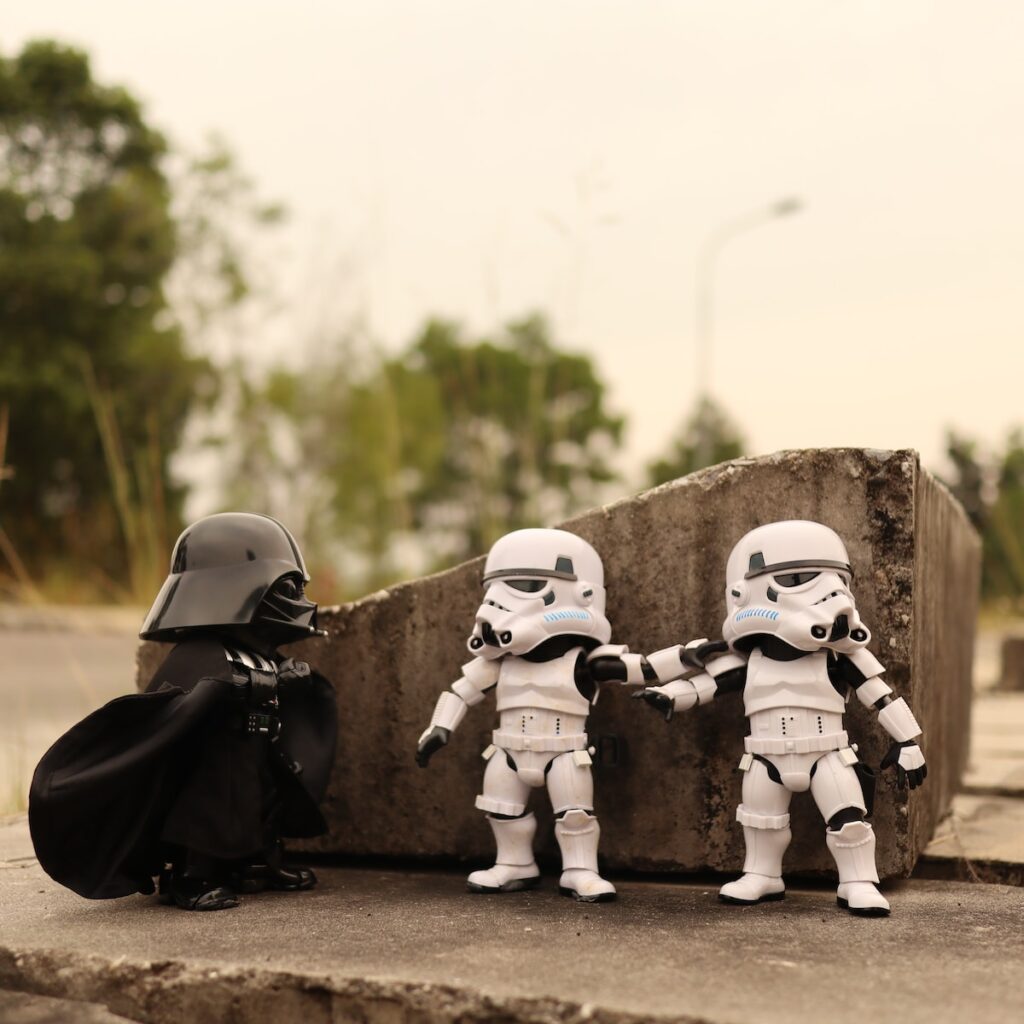Historical fiction is a captivating genre that allows readers to immerse themselves in different time periods, experiencing the lives and struggles of characters set against the backdrop of history. It combines elements of both fact and fiction, providing a unique perspective on the past. As a SEO content writing expert, I am here to explore various periods in time that are ripe for historical fiction exploration. So, let’s embark on a fascinating journey into the past!
1. Ancient Egypt: Mysteries of the Pharaohs
Ancient Egypt has always fascinated people with its rich history, mythology, and iconic pharaohs such as Tutankhamun, Cleopatra, and Ramses II. This period offers a wealth of material for historical fiction writers to explore. They can delve into the construction of the awe-inspiring pyramids, the enigmatic rituals of mummification, or the political intrigues of the pharaohs’ courts. By weaving together historical facts with fictional characters, writers can transport readers to the banks of the Nile and breathe life into this ancient civilization.
2. Medieval Europe: Chivalry, Knights, and Castles
The medieval period in Europe, with its tales of chivalry, knights, and castles, has long been a popular setting for historical fiction. From the Arthurian legends to the Crusades, this era is filled with stories of honor, romance, and political turmoil. Writers can explore the lives of knights, the role of women in medieval society, or the intricacies of courtly love. By blending historical accuracy with well-developed characters, authors can create captivating narratives that transport readers back to a time of sword fights, jousting tournaments, and courtly intrigue.
3. Renaissance: Art, Science, and Exploration
The Renaissance was a period of great cultural and intellectual growth, marked by advancements in art, science, and exploration. From Leonardo da Vinci’s masterpieces to the scientific breakthroughs of Galileo Galilei, this era offers a vast canvas for historical fiction writers. They can delve into the lives of famous artists, like Michelangelo or Botticelli, or explore the adventures of explorers, such as Christopher Columbus or Ferdinand Magellan. By incorporating the spirit of discovery and the clash of ideas of the time, authors can create compelling narratives that transport readers to the heart of the Renaissance.
4. World War II: A Time of Heroism and Tragedy
World War II remains a significant period in history, characterized by immense human suffering, heroism, and sacrifice. Historical fiction set during this era allows writers to explore the experiences of both soldiers and civilians. They can focus on untold stories of resistance movements, the struggles of women on the home front, or the horrors of concentration camps. By accurately depicting the historical context and infusing it with fictional characters, authors can create narratives that capture the complexities and emotions of this pivotal time in history.
5. Victorian Era: Elegance, Social Change, and Gothic Intrigue
The Victorian era, spanning from the early 19th century to the beginning of the 20th century, is a period characterized by elegance, social change, and gothic intrigue. From the opulence of the British Empire to the emergence of the Industrial Revolution, this era offers a myriad of possibilities for historical fiction exploration. Writers can delve into the lives of the aristocracy, the struggles of the working class, or the rise of the women’s suffrage movement. By incorporating the societal norms, fashion, and architecture of the time, authors can transport readers to the Victorian era, painting a vivid picture of this complex and fascinating period.
Conclusion
Historical fiction allows readers to experience different time periods, immersing themselves in the lives and struggles of characters against the backdrop of history. From the mysteries of ancient Egypt to the elegance of the Victorian era, there are countless periods ripe for exploration in this genre. By blending historical facts with fictional narratives, authors can transport readers back in time, providing a unique and captivating reading experience. So, whether you are a history enthusiast or simply looking for a captivating novel, historical fiction offers a gateway to the past like no other genre.
1. Question: What makes Ancient Egypt a captivating period for historical fiction exploration?
Answer: Ancient Egypt offers rich history, mythology, and iconic pharaohs, providing a wealth of material for historical fiction writers. They can explore topics such as the construction of pyramids, mummification rituals, and political intrigues of the pharaohs’ courts.
-
Question: Why is the medieval period in Europe a popular setting for historical fiction?
Answer: The medieval period in Europe is filled with tales of chivalry, knights, and castles, making it a popular setting for historical fiction. Writers can delve into stories of honor, romance, and political turmoil, exploring the lives of knights, the role of women, and courtly love. -
Question: What makes the Renaissance an intriguing period for historical fiction exploration?
Answer: The Renaissance was a time of great cultural and intellectual growth, offering a vast canvas for historical fiction writers. They can explore the lives of famous artists and scientists, like Leonardo da Vinci and Galileo Galilei, and incorporate the spirit of discovery and clash of ideas of the time. -
Question: Why is World War II considered a time of heroism and tragedy for historical fiction?
Answer: World War II is a period known for its heroism and tragedy, making it a compelling subject for historical fiction. Writers can explore the bravery and sacrifices of individuals during the war, providing readers with a glimpse into the challenges and emotions of that time.



